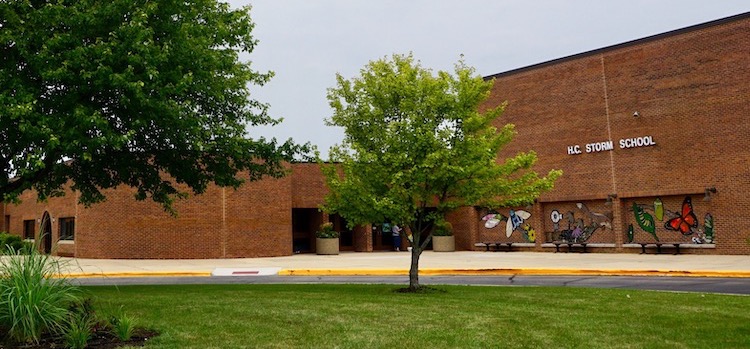Referendum: Deferring Deferred Maintenance
How Projects and Costs Compound
Funding schools is a constant challenge. Providing quality education requires hiring skilled teachers, keeping class sizes small, offering engaging co- and extra-curricular activities, and maintaining school facilities while balancing the budget.
Why Did Maintenance Fall Behind?
For nearly four decades, BPS101 was challenged with the task of accommodating a growing population of students along with maintaining existing buildings. During this growth period Hoover Wood Elementary School, Grace McWayne Elementary School and Rotolo Middle School were constructed along with additions to Batavia High School. It was not fiscally possible to grow the district at this rate and maintain an aging infrastructure. Tough decisions needed to be made. The Great Recession further compounded the challenges, causing budget cuts, salary freezes, layoffs, and further deferral of critical maintenance projects, leading to long-term financial consequences.
Today, the District has now regained its financial footing, allocating over $2 million annually for capital projects from operating funds, with plans for increased investment in the future. Even so, the project backlog is too large.
Deferring Costs More
Deferring maintenance and capital projects may seem like a budget solution, but it costs more in the long run. Postponement leads to more severe and expensive repairs, decreased functionality, and eventually, reduced property values. The annual standard for responsible school maintenance in the US is estimated to be 4% [1]. Currently, the district can allocate about 2% of its operating funds for annual school maintenance. The longer we wait, the more expensive it becomes to upgrade our schools to modern standards. Investing in regular maintenance and capital projects is the smart way to keep our facilities in good condition and equipped to meet the changing needs of our students and community.
A New Era in Education
The way we use space in education is also evolving, becoming more specialized and focused on meeting the diverse needs of learners. Today’s schools include science labs, technology and media centers, art studios, and makerspaces. Technology has changed learning, requiring flexible and collaborative learning environments and ample room for charging devices. To support student success, it is critical that our schools have the resources and spaces necessary to keep pace with the changing landscape of education.
______________________________
Footnotes:
1. Filardo, Mary. “State of Our Schools: America’s K-12 Facilities 2016.” 21st Century School Fund (2016)


